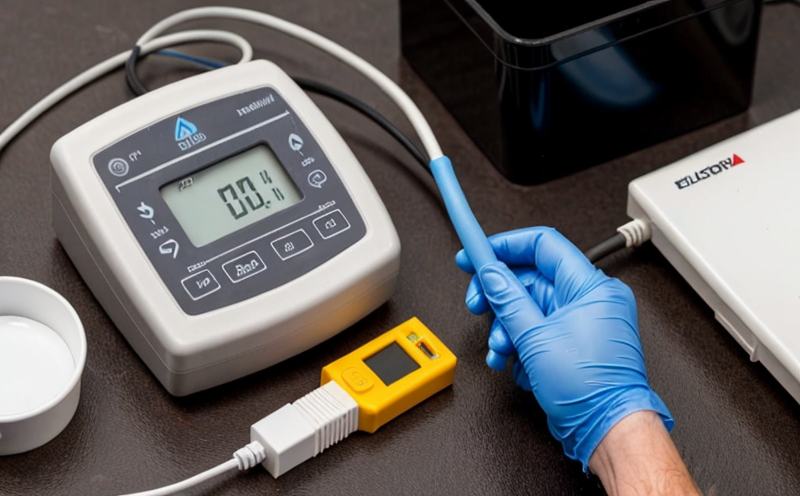GB T 25993 Electrochemical Testing of Fuel Cell Components
The standard GB/T 25993-2010 specifies the methods and procedures for electrochemical testing of fuel cell components. This comprehensive guideline is essential for ensuring that fuel cells meet high performance, durability, and safety standards required in various applications such as automotive, renewable energy, and aerospace.
The electrochemical testing outlined by this standard evaluates key aspects like hydrogen permeability, oxygen reduction reactions (ORR), and methanol crossover resistance. These parameters are critical to the efficient operation of fuel cells. Hydrogen leakage can lead to safety hazards while inadequate ORR efficiency reduces power output. Methanol crossover is a significant issue in direct methanol fuel cells.
The testing protocol includes several steps: preparation of the sample, setting up the electrochemical cell, applying the test conditions, and analyzing the results. The standard provides detailed information on the appropriate apparatus to use for each type of test. For instance, it specifies the use of gas diffusion electrodes (GDEs) or planar membrane electrode assemblies (MEA).
Preparation involves conditioning the fuel cell component under specific humidity levels and temperatures that mimic real-world operating conditions. The electrochemical cell setup can include a three-electrode system with the fuel cell component as one of the electrodes, a reference electrode like Ag/AgCl, and an inert counter electrode.
The testing procedure follows predefined test protocols such as cyclic voltammetry for ORR evaluation or hydrogen permeation tests. Cyclic voltammetry helps in understanding the electrocatalytic properties by applying potential scans over a range of values. Permeability tests measure how easily gases can pass through the membrane, which is crucial for preventing unwanted gas crossover and maintaining system efficiency.
The results are analyzed using statistical methods to determine compliance with specified performance criteria outlined in GB/T 25993-2010. The standard provides acceptance criteria based on quantitative measurements obtained from the tests. Compliance ensures that fuel cell components perform reliably over their operational lifetimes, contributing to safer and more efficient systems.
Understanding the electrochemical behavior of fuel cells through this testing is vital for R&D engineers in optimizing designs and materials. Quality managers and procurement officers can use these insights to select reliable suppliers and ensure that incoming raw materials meet required standards.
Benefits
- Ensures compliance with international standards, enhancing product reliability.
- Improves the efficiency of fuel cell components through optimized design parameters.
- Aids in identifying potential issues early in the development process, reducing costs and time to market.
- Supports safer operation by minimizing risks associated with gas crossover and hydrogen leakage.
Industry Applications
| Industry | Applications |
|---|---|
| Automotive | Development of fuel cell vehicles and components. |
| Renewable Energy | Integration into stationary power systems for grid stabilization. |
| Aerospace | Incorporation in hybrid propulsion systems for aircraft and spacecraft. |
| Telecommunications | Use in backup power solutions for remote telecommunication sites. |
Quality and Reliability Assurance
The electrochemical testing specified by GB/T 25993-2010 is a cornerstone of quality assurance in the fuel cell industry. It ensures that components meet stringent performance criteria, which are critical for reliable operation under various conditions.
Through rigorous testing, manufacturers can identify weak points and areas needing improvement. This proactive approach not only enhances product quality but also builds consumer trust. Compliance with this standard is a key factor in gaining market acceptance and regulatory approval.
The testing protocol provides detailed steps for sample preparation, which helps maintain consistency across different batches of components. This uniformity is essential for reliable performance and repeatability of results. By adhering to these procedures, labs can produce accurate data that supports informed decision-making by engineers and managers.





